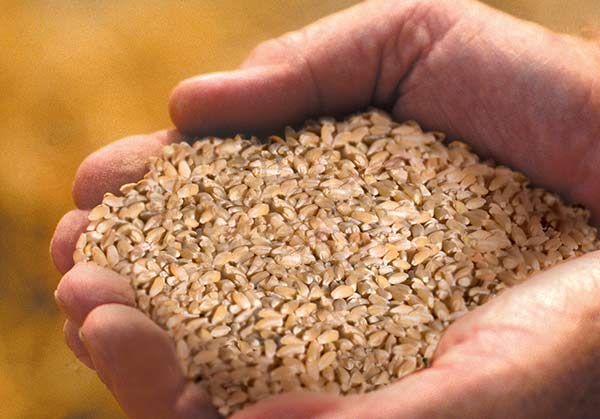Tagliolini n° 206
Tagliolini are part of the family of long pasta wound into nests, made from thick rustic sheets of pasta.
The origin of this pasta is contested between Genoa, Naples and the Ciociaria area (central Italy).
It dates back to as early as the 17th century as shown by the "Bando contra Vermicellari" (Announcement to the Vermicellari district) issued in October 1602 in which the latter was ordered to adhere strictly to the price caps for the price of certain types of pasta including "Tagliolini bianchi". Stiff fines were imposed on anyone who disobeyed this order. Girolamo Aleandri in "La difesa dell'Adone" (the Defence of Adonis - Venice 1630) refers to Tagliolini in a description of everyday life at court: "During gentlemen's recreation in the house of the Marquis of Pepoli, one said to the other as a joke that he must have been drunk on tagliatelli, that soup made with fine pasta strips, which in many places in Lombardy are called lasagnette, and in Rome (if I am not mistaken) tagliolini". A closer look at the more recent history of rural traditions in Abruzzo reveals that tagliolini were served in chicken or pigeon broth to nursing mothers because they were light, but also very nutritious.
The size of tagliolini makes them perfect for vegetable or meat-based broths. Their natural versatility makes them especially tasty in pasta dishes with light sauces made from tomatoes, butter or soft cheeses. In the Naples area, they are the main ingredient in traditional pasta pies and oven-baked pasta dishes.
Available in 500g pack.s
- Cooking time: 3 min

Our method
Spaghettoni Quadrati n° 413





